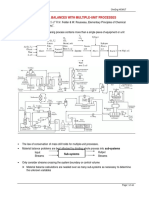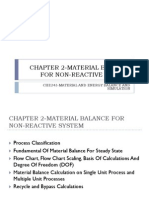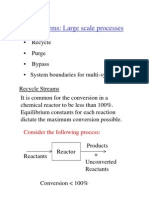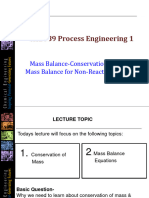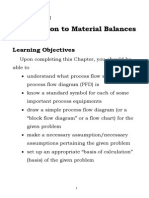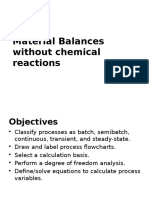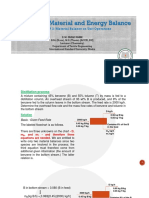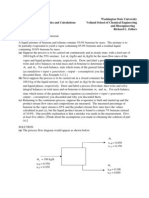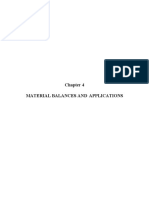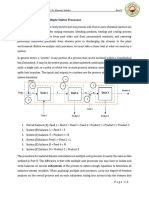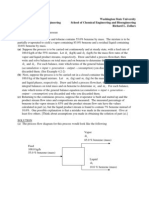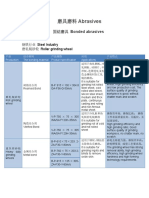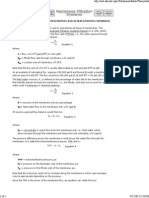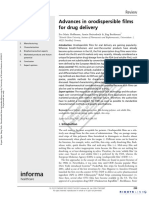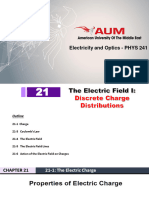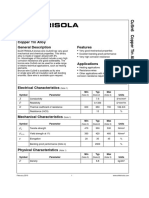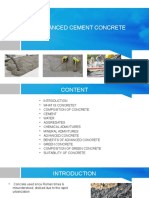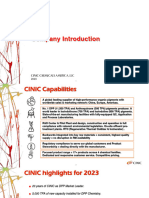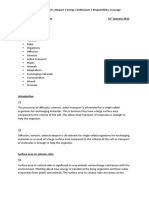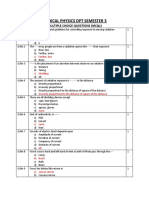0% found this document useful (0 votes)
45 views22 pagesLSN 8-Module 3-Lecture 3-2
This document is a lecture on material balances in chemical engineering, focusing on processes with recycle and bypass. It covers fundamental concepts, flowcharts, and examples related to material balance equations, including separation processes and the handling of streams in a system. The lecture is part of a Massive Open Online Course under NPTEL by the Ministry of Human Resource Development, India.
Uploaded by
apoorvupadhyay589Copyright
© © All Rights Reserved
We take content rights seriously. If you suspect this is your content, claim it here.
Available Formats
Download as PDF, TXT or read online on Scribd
0% found this document useful (0 votes)
45 views22 pagesLSN 8-Module 3-Lecture 3-2
This document is a lecture on material balances in chemical engineering, focusing on processes with recycle and bypass. It covers fundamental concepts, flowcharts, and examples related to material balance equations, including separation processes and the handling of streams in a system. The lecture is part of a Massive Open Online Course under NPTEL by the Ministry of Human Resource Development, India.
Uploaded by
apoorvupadhyay589Copyright
© © All Rights Reserved
We take content rights seriously. If you suspect this is your content, claim it here.
Available Formats
Download as PDF, TXT or read online on Scribd
/ 22



